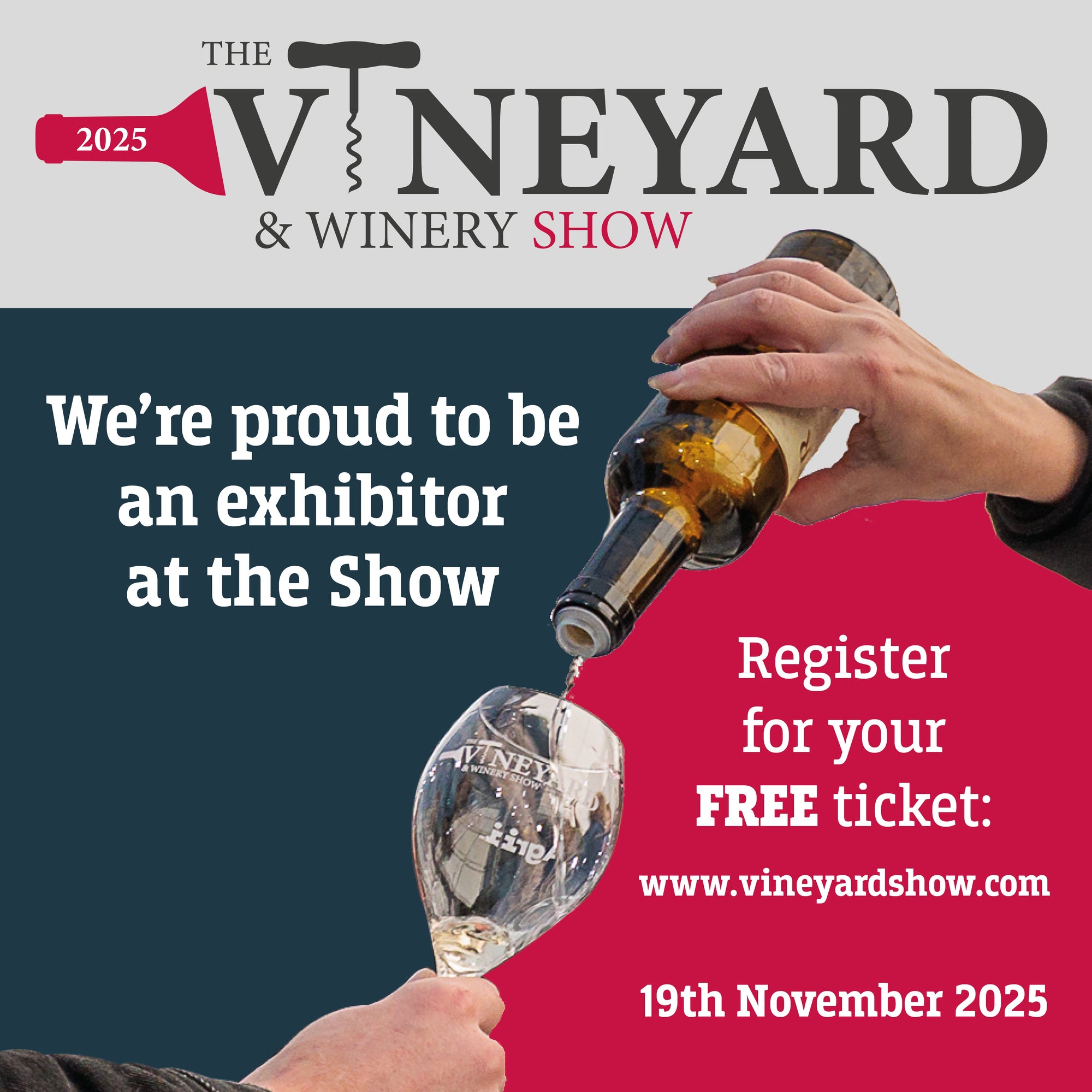

FIRST THINGS TO LOOK FOR IN A SITE AND CONSIDERATIONS FOR FUTURE EXPANSION
PLANTING THE INDUSTRY
As we all know, there is a real emphasis on selling our wines to international markets. The interest in British culture and our products is long established in Asia and North America. Several large producers have already been on ‘trade missions’ to these markets, seeing a significant proportion of wine sales going abroad.
Although this effort needs to continue, domestic consumers should not be ignored. Indeed, many of our clients who have smaller plantings in 2020, ‘21 and beyond are producing with the intention of selling entirely through their cellar door.
PLANT WITH A PLAN
When we first talk to clients about planting, we follow a process with them which is intended to formulate a business plan they will be following for the foreseeable future. Although this will inevitably evolve, there is great advantage to resolutely sticking to the plan.
Negotiate your growing contract before planting or assign your contract winemaker before vines go in the ground. The fruit needs a home. Get good, solid and experienced advice. Understand the industry and know who the players are and what they are planting.
Sparkling wine is a prevalent wine style in our region, but there are other producers selling remarkably interesting, delicious and successful wine styles.
We have seen an increase in hybrid varieties over recent years. When you consider their disease resistance, low inputs, shorter ripening times and adaptability to still and sparkling wines, they are hard to ignore.
SITE SELECTION
Look at the ‘textbook’ attributes and determine the real suitability for viticulture. This stage is crucial and will save you money in the long run. This is especially important on smaller projects where the land is already owned and the temptation for a client is to develop what they already have. However the land is sourced, the same conditions for cool climate viticulture will always apply: soil, climate, wind exposure, spring frost risk, drainage, topography, altitude, aspect and land restrictions.
THINK ABOUT EXPANSION
We often return to sites where a client has established a wine production business and is now looking to scale up his or her operations. So when looking at your site, it’s important to think about expansion plans:
◆ Is expansion possible on the same site?
◆ Multiple sites can be challenging to manage, especially if there isn’t enough
budget for site specific infrastructure and machinery.
◆ Multiple sites can add another dynamic to blending with the same clones on different soils/sites; you can still retain single estate wines anyway.
◆ Multiple sites can also spread the risk from regional weather conditions: staggering harvest, variation in crop damage from frost and disease.
◆ Think about where the winery and tasting room will go; consider planning issues and access.
MANAGE IT WELL
A good vineyard manager will be important for maintaining fruit yields and quality. Although senior vineyard positions are still held by ‘imports’, there are homegrown rising stars in this industry. Spending money on the right equipment and agronomy will also go a long way to ensuring success.



